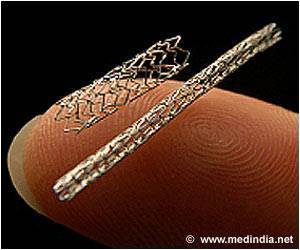A doctor said that heart patients in eastern India can now undergo life-saving magnetic resonance imaging (MRI) scans, thanks to a cardiac implant successfully performed in a private hospital here.

Many of the older versions, though effective, had a drawback that they were MRI prohibitive.
Termed Lumax ProMRI CRT-D, it is an implantable cardiac pacemaker that constitutes an important arsenal of treatments for patients with congestive heart failure, which is characterised by shortness of breath, swelling of the feet and legs, fatigue, exercise intolerance, diminished appetite and depression caused by decreased pumping of blood from the heart.
"CRT-D consists of a battery-powered generator and leads which connect the generator to the patient's heart. But there is a special lead placed in the left heart, so that the device can stimulate both the left and right heart in a coordinated (synchronised) manner. The synchronized contraction will increase pumping of blood from the heart," said Anil Mishra, director and clinical head, cardiac pacing and electrophysiology, who had led the implant procedure.
Moreover, the lead placed in the right heart has defibrillation function. It sends an electronic signal that stops irregular, rapid heart-beat and restores the normal rhythm.
"MRI tests are needed by more than 60 percent of the population. It is one of the most significant tests and the newer CRT-Ds are MRI compatible," said Mishra.
Although the cost of the device ran into several lakhs, Mishra said it paid back eventually.
Source-IANS
 MEDINDIA
MEDINDIA




 Email
Email









